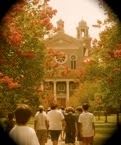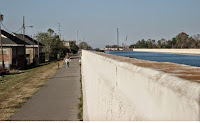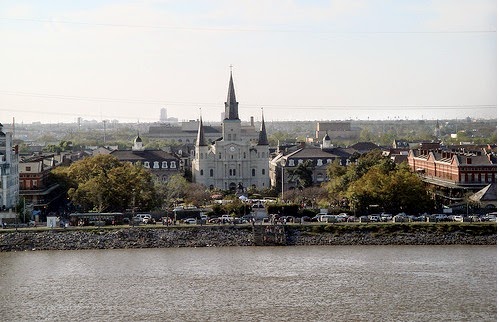 |
| Georgette Pintado (1924 - 2005) |
“Les enfants, les enfants,” whispered Georgette Pintado, when Br. Bede Roselli and his mother Pam found her at Covington High School’s cafeteria, curled in the fetal position on a thin mattress on the floor. “All she could tell me was, ‘I’m worried about the poor children,’” Br. Bede said. “We called her Nanan. Anybody she took care of was called Nana’s kids. She even had a personalized license plate on her old Cadillac: NANAN. She took care of my brother and me when we were kids and was one of the first people I confided in that I wanted to be a priest.”








